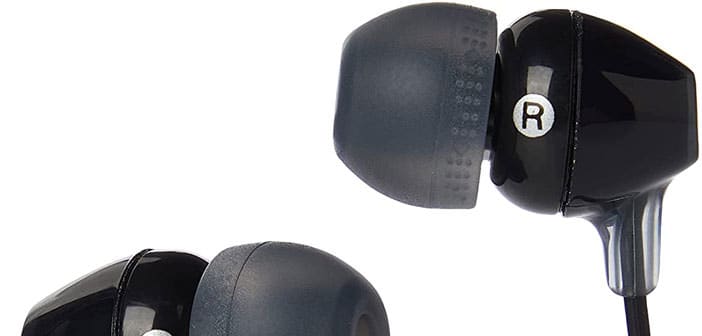
Wireless in-ear headphones, also known as in-ear headphones, are special headsets inserted directly into the ear.
This particular type of headphone almost completely reduces ambient noise, allowing better sound reception than traditional earphones placed on the ear cup.
Advantages and Disadvantages of the Earphones
How are in-ear headphones made, and how are they different than other headphones? In-ear earphones are particular types of earphones in which the appendages with the transducer have such a shape that they can slip into the ear until reaching the ear canal, supporting itself with the latter.
They are particularly suitable for running, playing sports, working out in the gym, or, more generally, for moving around without hindrance. This has advantages and disadvantages. An in-ear headset offers:
- A superior sound quality compared to that of a traditional headset.
- More effective soundproofing is similar to that offered by headphones.
However, an in-ear headset can be more annoying to wear than a traditional headset and can cause greater discomfort with prolonged and loud listening.
Wired or Wireless
Various types of in-ear headphones can connect to the source device (smartphone, TV, PC, tablet, etc.):
- Wired
- Wireless
The former is usually the cheapest, while the latter is usually the most comfortable. However, each solution has its advantages: for example, wired in-ear headphones have superior audio quality because they are not degraded by digital compression that occurs via wireless.
On the other hand, every time we want to use the earphones with the cable, it is necessary to connect the 3.5 mm connector, an operation that in the long run can lead to damage to the same or the output in the source. Also, in some circumstances, the thread can get in the way.
Bluetooth
Wireless headphones can be based on various communication technologies. These are:
- Bluetooth
- Radiofrequency
- Infrared
Infrared headphones are very inexpensive, guarantee the excellent sound quality, but have a limited range. On the other hand, Radiofrequency (RF) headphones are much more efficient, and they can have a range of up to 100 meters and offer good audio quality.
Bluetooth headphones, which are the most popular, have a range of about 10 meters and have the indisputable advantage of connecting to devices such as PC, smartphones, and tablets without resorting to external receivers.
In summary: the best ratio between sound quality and signal strength would be offered by RF headphones, but from a practical point of view, the Bluetooth headphones are the best because they are more versatile and integrate perfectly with phones, tablets, PC, consoles for video games and TV. On the other hand, infrared headphones are only suitable for spending little and do not need pervasive signal coverage.
True Wireless
Lacking a power cord, wireless in-ear headphones have a built-in battery that can naturally drain in the middle of listening. So you have to remember to recharge them (a bit like you do with your smartphone).
The autonomy varies depending on the model chosen. Generally, the headphones can last for 5 or 6 hours with every single charge. However, in recent years, true wireless (completely wireless) earphones that come with a case with an integrated battery have become increasingly popular on the market.
In this way, you can also charge them on the fly every time you put them back in the box, without having to rely on a wall socket for autonomy that can even reach a whole day.
The comfort is remarkable, for its small size, for not having the hindrance of the wires, and the problem of charging outside the home or when you do not have a wall socket available.
Product prices and availability are subject to change. Any price and availablility information displayed on Amazon at the time of purchase will apply to the purchase of any products.